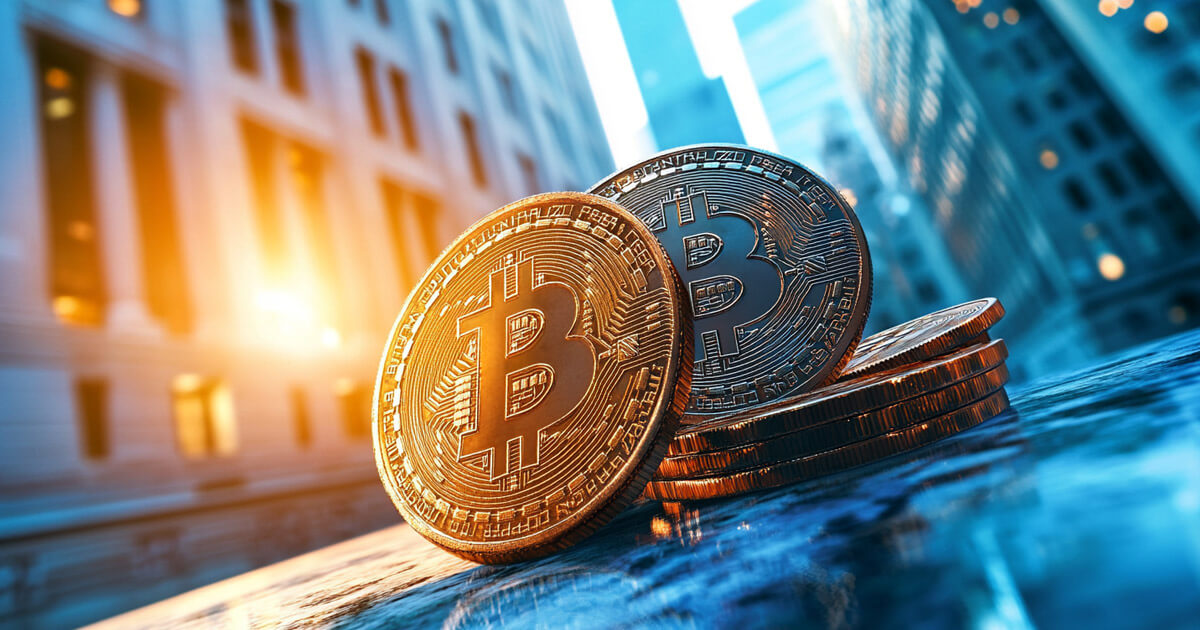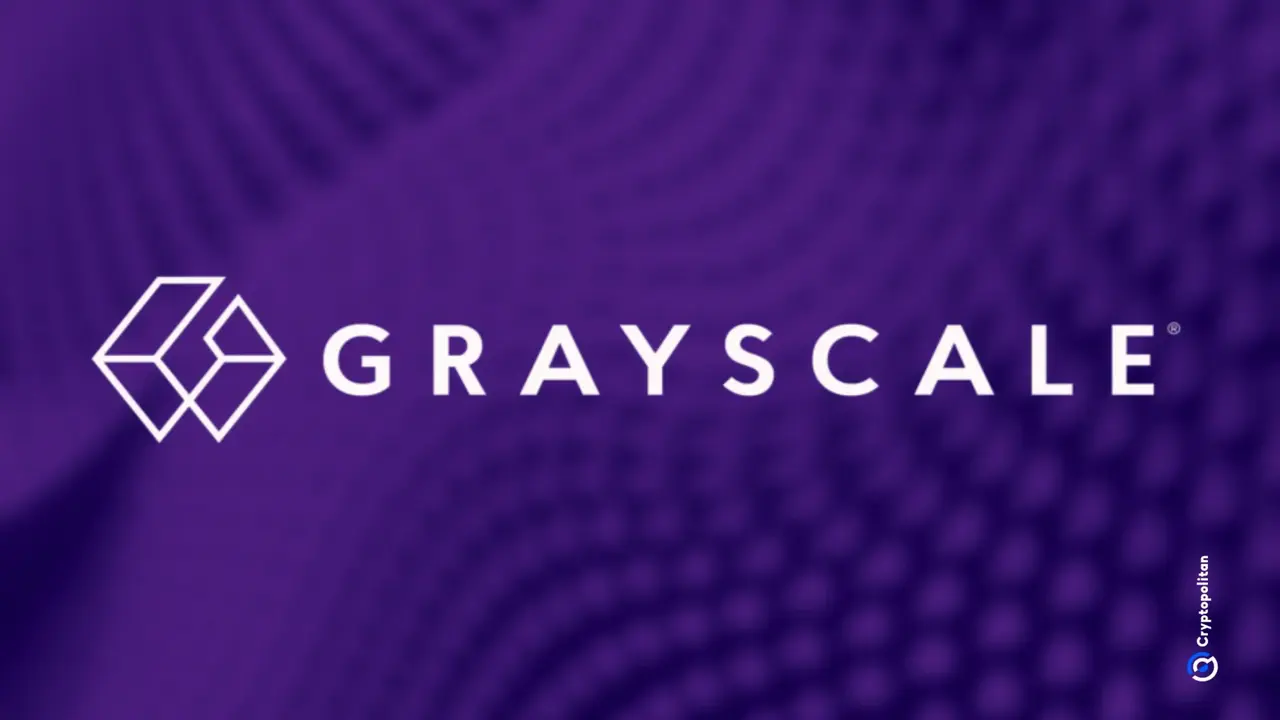
Key takeout:
-
ETH prices have slowed peers’ performance in the current bull market, but gas sponsorships could bring developers and traders back into the network.
-
Future Pectra upgrades for Ethereum could improve staking efficiency and increase ETH demand.
-
Data suggests that ETH prices have gone down. Will the Pectra story rekindle a bullish momentum?
Since 2024, ETH (ETH) has been more of a meme than a market mover. Unlike most rivals, ETH has not recovered a record high of $4,870 since November 2021. Currently, ETH is trading at $1,813, down 56% from its local peak in December 2024.
Despite the disastrous price behavior, it may be too early to dismiss Ethereum as a relic. The network continues to evolve, and future Pectra upgrades scheduled for May 7th can rekindle market interest. By addressing long-standing user experience challenges and improving staking, Pectra could help Ethereum narrow the competitive gap with rivals such as Solana and BNB. Additionally, it could potentially act as a catalyst that will bring ETH prices back to the spotlight.
What are the important upgrades to Pectra?
The Pectra upgrade introduces 11 Ethereum Improvement Proposals (EIPs) aimed at enhancing Ethereum across three dimensions. Scalability through Layer 2, User Experience (UX), and Staking Efficiency. Scalability remains Ethereum’s most enduring challenge, with critics claiming that the monolithic L1 always outweighs modular L2-based architectures. However, Pectra’s UX and staking improvements could have truly meaningful meaning in the market dynamics of Ethereum and Eth.
An outstanding upgrade is the EIP-7702. This allows externally owned accounts (regular user wallets) to temporarily act like smart contracts. This will disable functions such as fee sponsorship and gas payments with tokens other than ETH.
These enhancements allow Ethereum to be user-friendly and significantly more user-friendly, lowering entry barriers, allowing DAPP to sponsor gas fees for new users, and improving the low-friction wallet functionality. This is particularly relevant to onboarding non-tech users of games, payments and mobile apps, continuing to face hurdles with inadequate UX.
Another positive aspect is that the option to pay gas fees with non-ETH tokens does not reduce the role of ETH in the network. At the protocol level, the validator continues to receive ETH fees, but the payment processor must convert the fee token to ether.
On the staking side, the EIPS 7251, 6110 and 7002 also make a big difference. It allows validators to hold up to 2,048 ETH instead of just 32, greatly simplifying boarding and exit enablers. Validators can pile up to 2,048 ETH instead of just 32, making the onboarding and exit processes more seamless. These changes are particularly meaningful to facility validators. As disappointed agencies are beginning to sell ETH Holdings, the upgrade could stimulate new engagement from major players.
Will Pectra upgrade affect ETH prices?
The price of ether reflects market expectations regarding future demand due to gas fee payments and the dynamics of its supply. The Pectra Upgrade is designed to enhance both sides of the equation. Increase demand while reducing available supply.
On the demand side, a significant improvement in the user experience can attract mainstream users and developers, and accelerate adoption and on-chain activity.
On the supply side, streamlined, facility-friendly staking mechanisms can cause more ETH to be trapped in validator nodes, tightening circulating supply and putting upward pressure on prices. Furthermore, if more innovative wallet features fulfill their promise to drive user adoption, then increased transaction throughput also accelerates ETH combustion and reduces supply even further.
According to the data, Ethereum is currently experiencing one of the burning periods of about 70 ETH per day, compared to 2,000-4,000 ETH in 2024. A revival of activity could add deflationary pressures that could support prices.
Related: Ethereum is destroying competition in the 16.1T Tradfi tokenized race
Can Pectra reverse ETH price trends?
Pectra is set up to add powerful features to Ethereum, but those effects can take some time to make it happen. In the meantime, upgrades can be required by the story ETH to regain market momentum.
Technically, the setup appears to be good. ETH appears to have already formed a local bottom, with weekly RSIs (often reliable inverse signals) coming out of the downtrend on April 20th. This marks the end of the revision, which continued from December 2024, wiped out 66% of the ETH value. A new uptrend is underway, but could Pectra be the trigger?
Historically, Ethereum upgrades have often coinced with short-lived price spikes that often failed to generate momentum. In 2022, Marge was overwhelmed by the feelings of Bear Market. Chapera in 2023, which enabled stake drawers, struggled to maintain momentum. The 2024 Dencun upgrade, which improved L2 integration, marked the end of the March rally.
However, the market cycle is now in its third year. This is just like in 2021 when Ethereum’s Berlin and London upgrades (improve gas pricing and introduction of combustion) help to promote major bull runs. As history rhymes, Pectra can sync with the wider assembly and mark Ethereum’s return to strength.
Fusaka hard forks scheduled for the second half of 2025 could add even more upward possibilities to the ether.
This article does not include investment advice or recommendations. All investment and trading movements include risk and readers must do their own research when making decisions.








